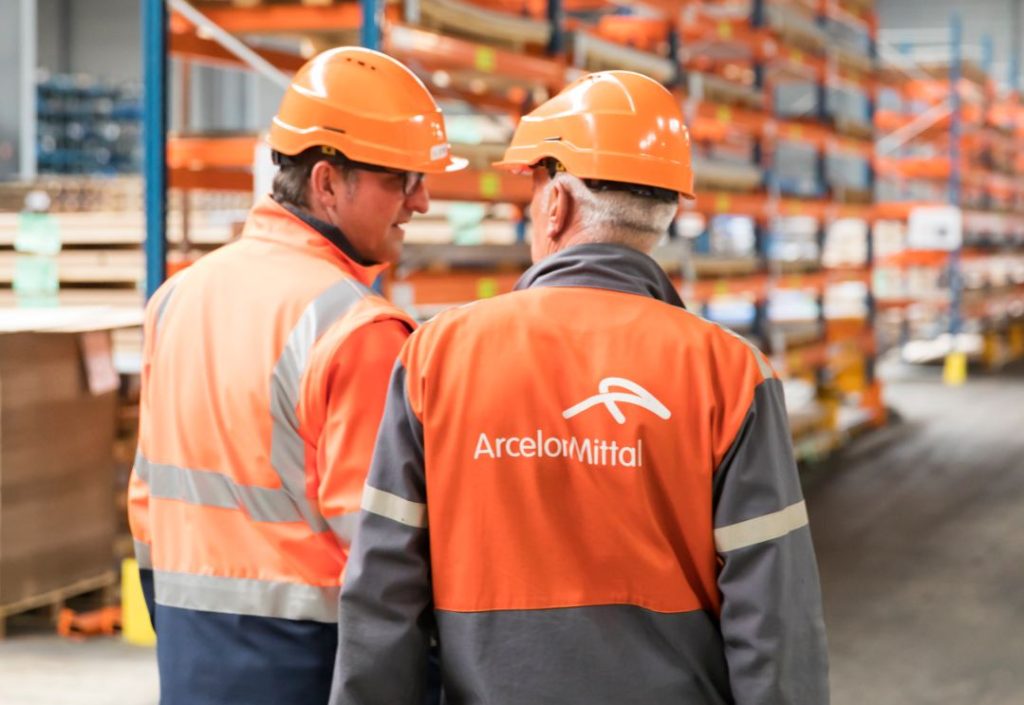In a year where steel sector emissions remain under global scrutiny, ArcelorMittal—one of the world’s three largest steelmakers—has spent just 2.5% of its operating cash flow on decarbonization between 2021 and 2024, according to a new assessment by SteelWatch.
Released to coincide with the company’s AGM in Luxembourg, the report lays bare a strategic pivot away from climate commitments, even as shareholders received $12 billion in returns during the same period.
The analysis reveals that ArcelorMittal allocated $800 million to decarbonization over the last three years, while generating $32.6 billion in operating cash. This stark imbalance—nearly 15 times more capital returned to shareholders than invested in green transition—raises critical questions about the credibility of its climate strategy, particularly as the company now signals that reaching its 2030 emissions targets is “increasingly unlikely.”
Despite announcing five Direct Reduced Iron (DRI) projects in Europe and Canada, ArcelorMittal has not committed to a final investment decision on any of them. The company has also yet to publish its third Climate Action Report, intended to outline its long-term strategy. Meanwhile, it has secured more than $3.5 billion in public subsidies meant to facilitate its low-carbon transition, intensifying public concern over transparency and accountability.
The emissions data tells a similarly muted story. Since 2018, ArcelorMittal has reduced its global emissions intensity by just 5.4%—well below its stated 2030 goals of a 25% reduction globally and 35% in Europe. At this pace, the company would fall short of its targets even if it were to double its current rate of progress. Moreover, emissions from AM/NS India—ArcelorMittal’s joint venture expected to exceed 25 million tonnes of CO₂ annually by 2026—are excluded from its group-wide targets. This omission significantly understates the company’s projected climate impact.
SteelWatch’s findings appear particularly damning when compared to competitors like SSAB and Salzgitter, both of which are making binding investment decisions to align with a 1.5°C emissions pathway. In contrast, ArcelorMittal has continued to pour resources into coal-based infrastructure, notably advancing blast furnace projects in India while delaying action on near-zero emission technologies elsewhere.
This hesitancy unfolds at a critical moment. With only five years left to halve global emissions under the Paris Agreement trajectory, the steel industry’s role remains pivotal. The sector currently accounts for 7–9% of direct emissions from fossil fuels globally, and solutions like DRI, hydrogen-based steelmaking, and circular scrap use are gaining traction—but they require upfront capital and bold decision-making.
SteelWatch is now calling on ArcelorMittal to publish its long-overdue Climate Action Report, align with a science-based 1.5°C pathway, and commit to detailed transition plans at the plant level. The report also urges a decisive shift in capital expenditure toward large-scale decarbonisation—before market pressures and regulatory penalties make such transitions not just strategic, but existential.
The timing of these revelations is no coincidence. As steelmakers face mounting investor and regulatory expectations across Europe and beyond, ArcelorMittal’s climate ambiguity risks not only reputational damage but future license to operate in carbon-sensitive jurisdictions.
Stay updated on the latest in energy! Follow us on LinkedIn, Facebook, and X for real-time news and insights. Don’t miss out on exclusive interviews and webinars—subscribe to our YouTube channel today! Join our community and be part of the conversation shaping the future of energy.
